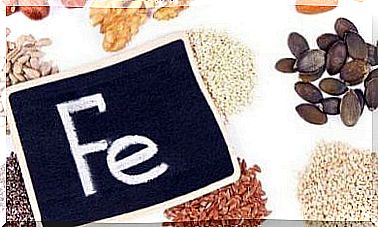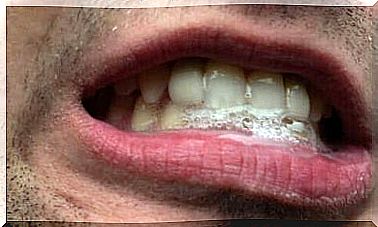Pericarditis: Symptoms, Causes And Treatment
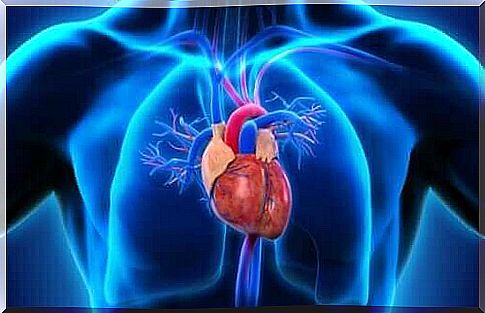
Pericarditis refers to inflammation of the pericardium (the pericardium), a sac-shaped membrane that surrounds the heart. This membrane has two layers and between them you will find a small amount of liquid. This is a lubricant so that the two layers can slide back and forth.
When fluid volume increases in a person, they have pericarditis. This can clog the heart and impair function. However, there are no major problems in most cases and it usually goes away without treatment. However, it is important to note that the most severe cases require medication and even surgery in some rare cases.
Types of pericarditis
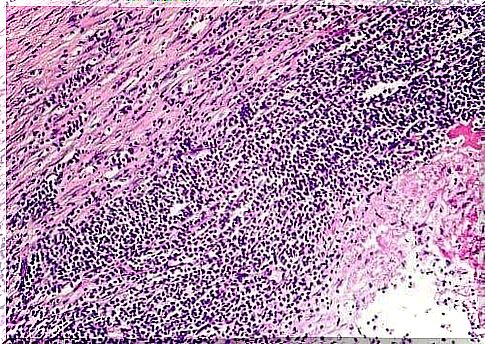
There are two types of pericarditis : acute and chronic. Here are the characteristics of them:
- Acute pericarditis has a sudden onset lasting less than six weeks, leading to relative frequency pericardial effusion. The symptoms are similar to a heart attack. Only a small percentage of patients have relapses.
- Chronic pericarditis occurs as a result of a thickening of the pericardium or an accumulation of fluid. It lasts more than six weeks and can lead to failure of the right ventricle. This is edema in the abdominal area, pretibia area and ankles. Chronic pericarditis occurs when fibrous tissue forms around the heart, which compresses it and increases the pressure in the blood vessels that carry blood to it. Thus, the pericardial fluid stagnates and accumulates in other parts of the body on the way out.
Causes of pericarditis
It is impossible to determine the cause of pericarditis in about 80% of cases. However, it is very common that the origin is the result of a kind of infection. It is very likely that it is a viral infection. It can be a bacterial infection, but to a lesser extent, and only very rarely can it be due to a fungal infection.
Furthermore, there are many cases where pericarditis appears along with some of the following diseases :
- Autoimmune diseases
- Cancer, including leukemia
- AIDS
- Renal impairment
- Hypothyroidism
- Tuberculosis
- Rheumatic fever
In other cases, it is the direct result of a heart attack or heart surgery or trauma to the chest area. Sometimes pericarditis can come from an inflammation of the myocardium, radiation therapy to the chest or the use of certain medications.
Symptoms and diagnosis
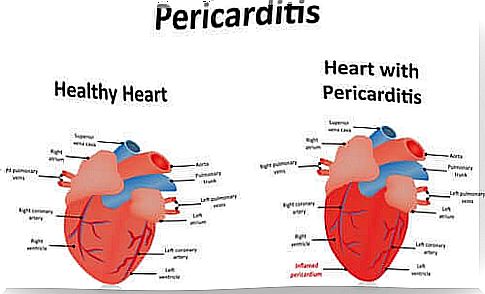
The typical symptom of acute pericarditis is very unpleasant. It feels like a stabbing pain on the left side of the chest, behind the sternum. However, some people experience only mild and constant pain. Other people report feeling pressure in the chest of varying intensity.
Many times people also feel pain in the left shoulder and neck. The discomfort is usually more intense when they cough, inhale deeply or when they go to bed at night. It gets better when they sit up and lean forward a little.
Chest pain is usually the predominant symptom in cases of chronic pericarditis, but there may be other acute symptoms such as:
- Palpitations
- A slight fever
- Reap
- Swelling in the leg
- Dizziness
- Nausea
- Weakness
- Exhaustion
Treatment for pericarditis
The milder cases of pericarditis usually resolve on their own. However, when a doctor discovers pericarditis, they are likely to prescribe a drug treatment. It usually consists of painkillers that can deal with the pain and reduce the inflammation.
Doctors may also prescribe colchicine because it reduces inflammation and prevents recurrent episodes. However, this drug is not safe for people with liver or kidney disease or who are undergoing other drug treatments. A doctor may also prescribe corticosteroids if there is no reaction to the mentioned medicines. If pericarditis is due to a bacterial infection, your doctor will also prescribe antibiotics.
In the most severe cases, especially if cardiac tamponade is suspected, the person skilled in the art can drain the fluid via a pericardiocentesis procedure. Finally, a pericardectomy or a definitive removal of the pericardium is rarely necessary.





